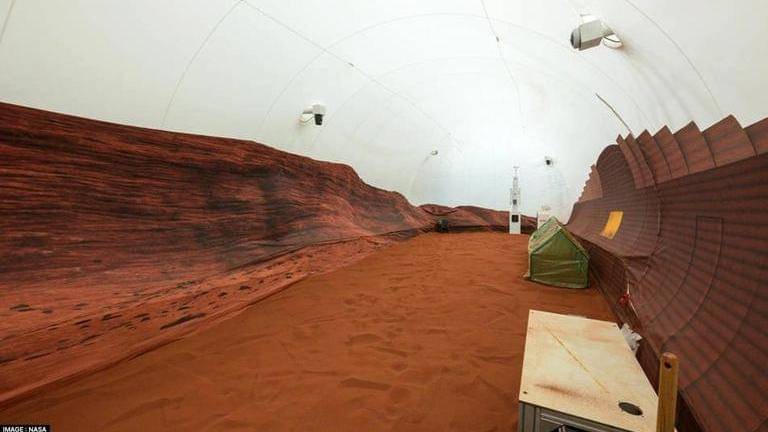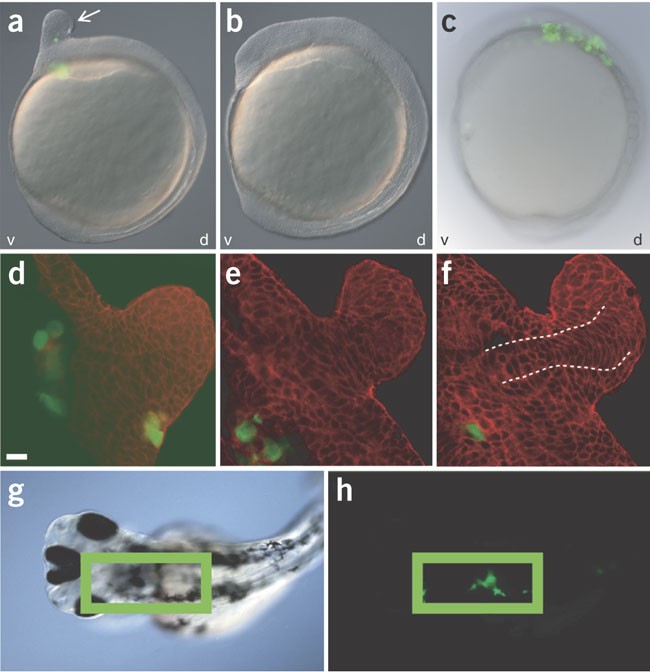
- Select a language for the TTS:
- UK English Female
- UK English Male
- US English Female
- US English Male
- Australian Female
- Australian Male
- Language selected: (auto detect) - EN
Play all audios:
Media persons have received invitations for a celestial trip to Mars, or at least to a simulated habitat of the red planet. According to NASA's official website, members of the press
will be able to witness the space agency's simulated Mars habitat on April 11 at Houston's Johnson Space Center. In the coming months, four volunteers will embark on a yearlong
mission to Mars in the habitat, thus helping NASA with the steps it needs to take to begin human exploration on the actual planet. The event will allow journalists to hold conversations with
experts and document the habitat, which will not have crew members in attendance. International press wishing to be a part of the event will have to request the accreditation and contact
the Johnson newsroom by March 27, while those in the United States must do so by April 3. The volunteers are expected to arrive at the location later in spring to start training for the
mission. The simulated mission will be the first of three to take place in the CHAPEA habitat, or Crew Health and Performance Exploration Analog. The first mission is slated to begin in
June. It will consist of the four-volunteer crew walking into the 3D-printed habitat, engaging in all sorts of space activities such as spacewalks, robot operations, maintenance, and
personal health and hygiene. NASA is going all in with the mission, aiming to make it as realistic as possible. In order to achieve this, the simulated habitat will come equipped with all
kinds of stressors, such as machinery failure, isolation, and a dearth or limitations of resources. The thrilling mission is part of NASA's Moon to Mars goal, which is to explore lunar
surfaces through Artemis missions. This would, in turn, allow the space agency to carry out adventures all the way to Mars, a planet that continues to intrigue scientists hunting for signs
of life outside planet Earth.









